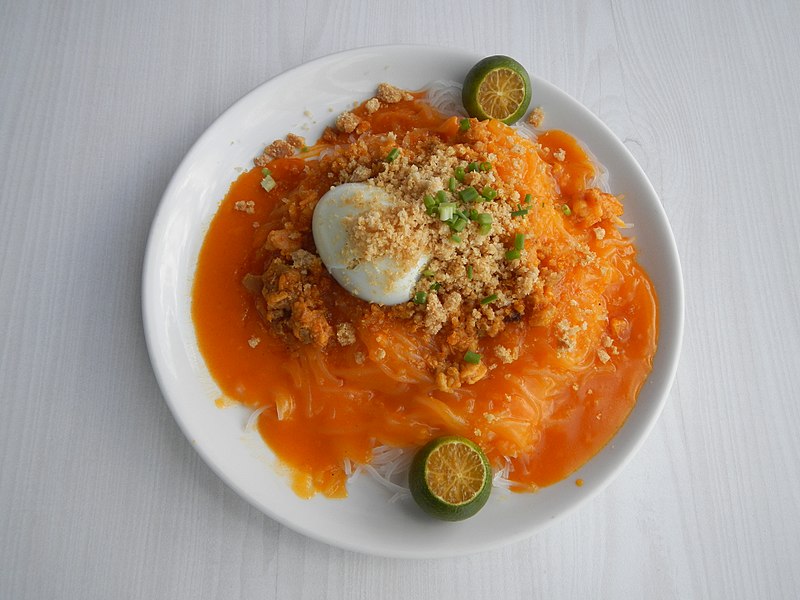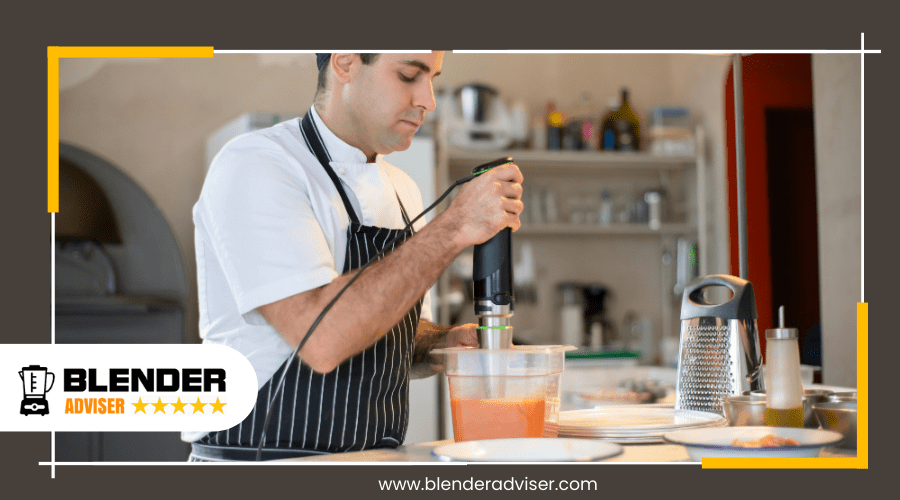In the grand tapestry of global cuisines, it’s often said that the unsung hero is neither the chef nor the exotic ingredients, but the humble blender, tirelessly churning away in the background. You’ve probably taken it for granted, nestled among its culinary compatriots, yet this modest appliance is pivotal in marrying flavors from around the world, offering a smooth gateway to culinary innovation.
From the aromatic curries of Asia to the velvety soups of Europe, the blender’s role is as diverse as the cuisines it helps create. But how exactly does this culinary workhorse shape global food traditions, and what future innovations might further its impact? This question beckons a closer look at the blender’s dynamic journey through kitchens across the globe.
Historical Evolution of Blenders
The blender’s journey from a novel invention in the 1920s to a kitchen must-have showcases its significant impact on food preparation and consumption. Initially, blenders gained their fame in American soda shops, primarily for whipping up powdered malt drinks. Stephen Poplawski, the mind behind the blender in 1922, revolutionized the way you engage in food processing, paving the way for a new era of kitchen appliances.
By the 1930s, blenders weren’t just a commercial spectacle; they transitioned into homes, becoming a common sight in kitchens. This historical evolution of blenders and mixers marked a shift in how you prepare meals, blending everything from dairy products to fruits for healthier eating options.
Come the 1950s, blenders played a crucial role in creating smoothies, transforming the landscape of blended beverages. This wasn’t merely a shift in how you consumed drinks but a step towards embracing healthy eating habits through easily digestible, nutrient-packed smoothies. The blender, once a simple tool for soda shops, has become integral in your quest for a balanced diet, showcasing the profound influence of this kitchen appliance on your daily life.
Blenders in Asian Cuisine

Exploring further, blenders also hold a pivotal role in Asian cuisines, effortlessly melding a variety of ingredients into smooth pastes and sauces. In the world of Asian cuisine, blenders aren’t just appliances; they’re essential tools that transform the ordinary into the extraordinary. They help you whip up curry pastes in Thai dishes, ensuring every bite is packed with flavor. Imagine trying to achieve the silky smoothness of miso soup or teriyaki sauce in Japanese meals without one. It’s nearly unthinkable.
In Chinese kitchens, blenders make their mark by creating luscious marinades and savory sauces, turning simple ingredients into mouthwatering dishes like hot and sour soup. They’re the unsung heroes behind the scenes, blending spices into the perfect harmony for Indian curries and chutneys, adding depth and complexity with every pulse.
Korean cuisine benefits similarly, with blenders used to puree the foundational ingredients for kimchi, spicy gochujang sauces, and the rich bases of savory stews.
European Dishes and Blenders

In European culinary traditions, blenders are indispensable for crafting a variety of smooth, rich sauces and soups, from the velvety textures of Italian risottos to the refreshing chill of Spanish gazpacho. You’ll find that in the heart of European cuisines, the blender is more than just a tool; it’s a key ingredient in bringing out the essence of each dish’s flavors, transforming simple ingredients into mouthwatering meals.
Here are four ways blenders contribute to European dishes:
- Smooth Sauces: In French cuisine, blenders are pivotal for achieving the smooth, emulsified consistency of hollandaise and béarnaise sauces, elevating dishes with their rich, creamy textures.
- Creamy Risottos: Italian chefs rely on blenders to perfect their creamy risottos and velvety soups, ensuring each spoonful is bursting with flavor and has a luxurious mouthfeel.
- Velvety Soups: French chefs use blenders to create velouté and purées, achieving a silky texture that’s unparalleled in its sophistication and depth of flavor.
- Refreshing Gazpacho: In Spain, blenders play a crucial role in preparing gazpacho, blending fresh vegetables into a chilled soup that’s both nutritious and invigorating, perfect for hot summer days.
Through these applications, blenders prove to be an essential part of cooking across European cuisines, turning simple ingredients into culinary masterpieces.
Blenders in the Americas

Blenders have revolutionized American kitchens since the 1920s, making them indispensable for creating a wide array of dishes and beverages. Initially popularized in soda shops for powdered malt, their transition to a household kitchen essential in the 1930s marked a significant shift. By the 1950s, blenders were evolving to create smoothies, further embedding them into the fabric of the Americas’ culinary landscape. Their versatility and convenience have made blenders a staple, contributing to the diversity of food and beverage products across the region.
Here’s a quick glimpse of how blenders have become an integral part of kitchens across the Americas:
| Decade | Milestone in Blender History | Impact on Culinary Landscape |
|---|---|---|
| 1920s | Popularization in soda shops | Introduced blended beverages |
| 1930s | Transition to household use | Became a kitchen essential |
| 1950s | Introduction of smoothies | Diversified culinary options |
| Today | Staple in kitchens | Continues to shape culinary landscape |
Blenders’ role in the Americas showcases their contribution to a versatile and evolving culinary scene. From smoothies to an array of dishes, they’re a testament to innovation in the kitchen, ensuring they remain at the heart of food and beverage creation.
Blenders in Fusion Cooking

Fusion cooking, a culinary art that merges flavors from across the globe, relies heavily on blenders to mix diverse ingredients into innovative dishes. As you dive into the world of fusion cooking, you’ll find that the food and beverage industry celebrates the versatility of blenders. These kitchen tools are indispensable for creating unique dishes that blend the culinary traditions of multiple cultures.
Here are four reasons why blenders are crucial in fusion cooking:
- Ease of Blending Diverse Ingredients: Blenders make it simple to combine elements from various cuisines, creating harmonious and flavorful dishes.
- Creation of Unique Texture and Flavor Profiles: By mixing ingredients that may not traditionally go together, blenders help chefs experiment with new tastes and textures.
- Versatility in Recipe Development: The versatile kitchen appliance allows for the seamless integration of ingredients from different cultures, fostering creativity in fusion recipe creation.
- Efficiency in the Cooking Process: Blenders speed up the process of mixing, pureeing, and emulsifying, making it easier for chefs to craft blender-made, innovative fusion dishes.
In the realm of fusion cooking, blenders are more than just a tool; they’re a gateway to exploring and merging the culinary arts of the world into one plate.
Conclusion
You’ve seen how blenders, evolving from their humble beginnings in American soda shops, have become indispensable in kitchens around the globe. Whether it’s whipping up smoothies in Asia, blending hearty soups in Europe, or mixing cocktails in the Americas, blenders are at the heart of creating diverse and delicious meals. Their role in fusion cooking further underscores their versatility, bringing together flavors from different cultures.
Truly, blenders are key to exploring and enjoying the rich tapestry of global cuisines right at home.

